MARIANI’S
Virtual
Gourmet
November
29, 2020
NEWSLETTER
ARCHIVE
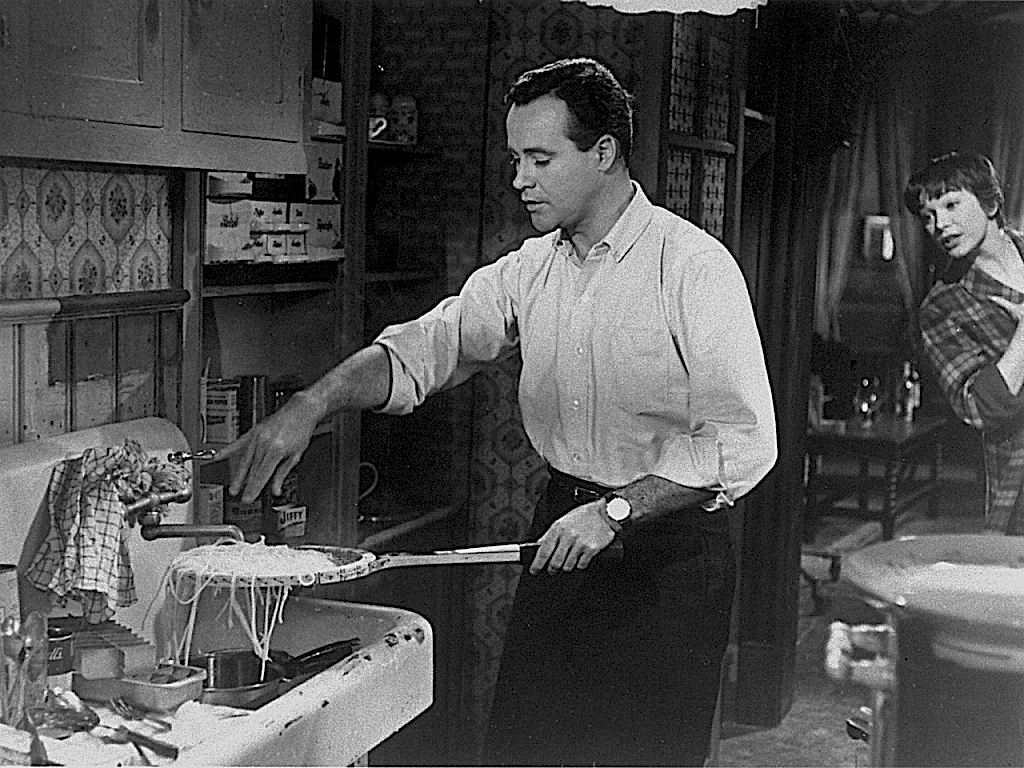
Jack Lemmon and Shirley MacLaine in "The Apartment" (1960)
IN THIS ISSUE
WHY OH WHY DO I LOVE PARIS?
By John Mariani
NEW YORK CORNER
LOVE AND PIZZA
Chapter Thirty-Six
By John Mariani
NOTES FROM THE WINE CELLAR
FEUDI DI SAN GREGORIO WANTS
THE WINES OF IRPINIA TO GET THEIR DUE
By John Mariani
❖❖❖
WHY OH WHY DO I LOVE PARIS?
By John Mariani
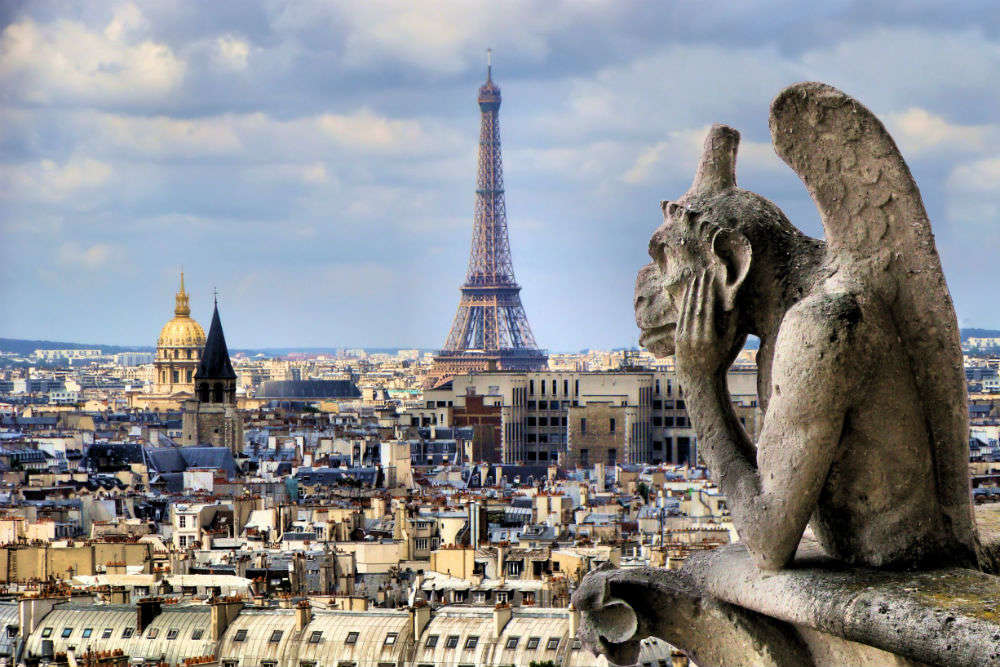
As Cole Porter’s song says, "I love
Paris in the springtime. I love Paris in the
fall. I love Paris in the winter when it
drizzles. I love Paris in the summer when it
sizzles." I suspect most people do. And with the
prospect next year of being able to visit again
this glorious city, which Ernest Hemingway
famously called, “a moveable feast,” I am
already thinking about all I want to see and all
I want eat.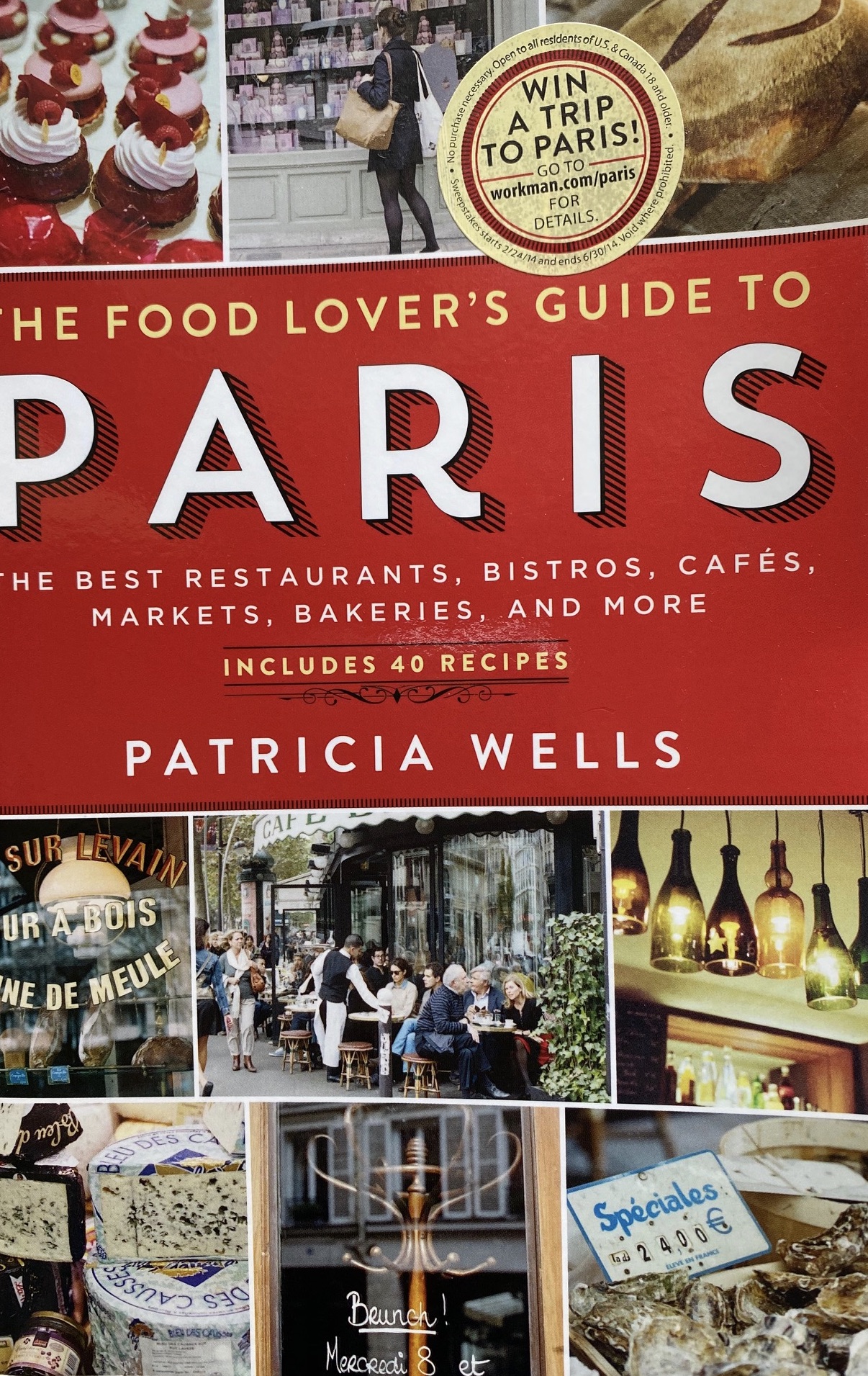
I’ve been visiting Paris since I was in
college, though I never lived there for an
extended period of time, so that I have been able
to pull back from its charms and discover them
anew whenever I go back. The obvious appeal of the
best-known tourists sites—the Arc de Triomphe, the
Eiffel Tower, the Louvre, Versailles, Notre
Dame—can be seen in mere days, but the city’s
beauty, breadth and depth are what Thomas
Jefferson said about the city: “A walk about Paris
will provide lessons in history, beauty, and in
the point of life.”
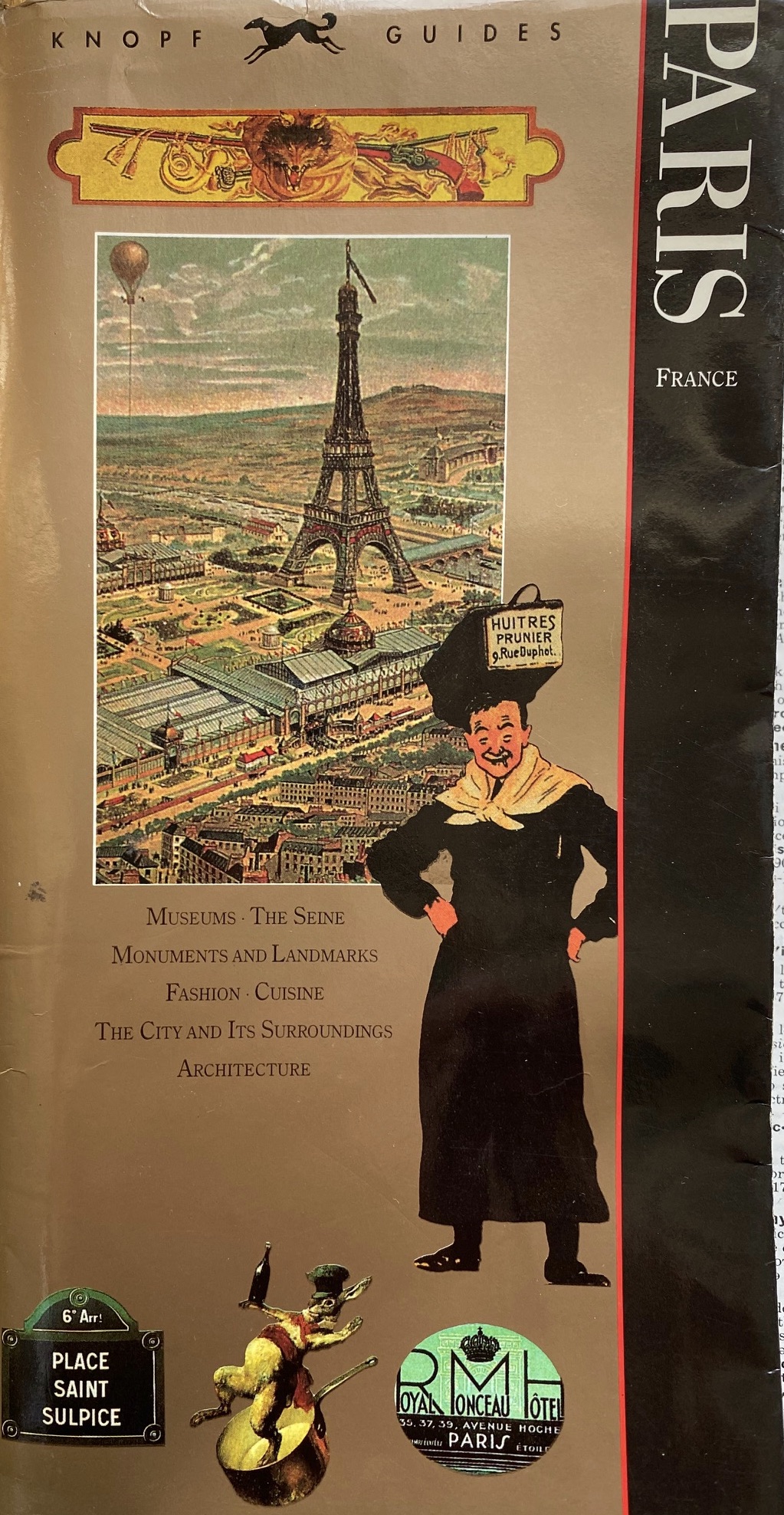 Any good guidebook will
tell you about the hundreds of sites both on and
off the beaten track—from Montparnasse to
Montmartre, from the second-hand booksellers to
the flea markets called les puces.
The most thorough of these is the lavishly
illustrated Knopf
Guide: Paris, not for up-to-the-moment
restaurants and hotels but for a comprehensive
look at every neighborhood, as well as museums
(more than 60) and gardens. The book, on Amazon,
is listed at $15.36 but used ones start at $2.20
at the moment; Paris hasn’t changed that much
since the guide was published back in 1995 and
revised in 2020.
Any good guidebook will
tell you about the hundreds of sites both on and
off the beaten track—from Montparnasse to
Montmartre, from the second-hand booksellers to
the flea markets called les puces.
The most thorough of these is the lavishly
illustrated Knopf
Guide: Paris, not for up-to-the-moment
restaurants and hotels but for a comprehensive
look at every neighborhood, as well as museums
(more than 60) and gardens. The book, on Amazon,
is listed at $15.36 but used ones start at $2.20
at the moment; Paris hasn’t changed that much
since the guide was published back in 1995 and
revised in 2020.
But Paris did change, radically so, in the
mid-19th century, when almost all of its medieval
neighborhoods and architecture were razed during
the reign of Napoléon III by Baron Haussmann, who
made over Paris the way it looks today. The best
history of the city, warts and all, is Andrew
Hussey’s Paris:
The Secret History ($11), a rollicking
narrative of the city’s ever rebellious past, full
of insurrectionists, scalawags, prostitutes and
criminals of a kind you still find among the
Yellow Vests and students.
Right now, because of Covid, Paris’s
streets are relatively empty of tourists and
prices for hotels and food are bargains, which I
expect to be very much the case when Americans and
others can easily travel there without quarantine.
Grand luxe hotels like the Plaza-Athenée (below)
and The Crillon are offering special packages and,
while many restaurants are currently closed, they
will be very eager to draw traffic with special
meals and prix fixe menus.
The gray patina of age that once affected
the grand old Paris hotels has, over the past
decade, been scrubbed clean by new owners after
lengthy closures that brought them into the 21st
century with all modern
amenities. These restorations have
forced all other hotels, some old, some new, at
and below the five-star ranking, to bring up their
level of décor, cuisine and service.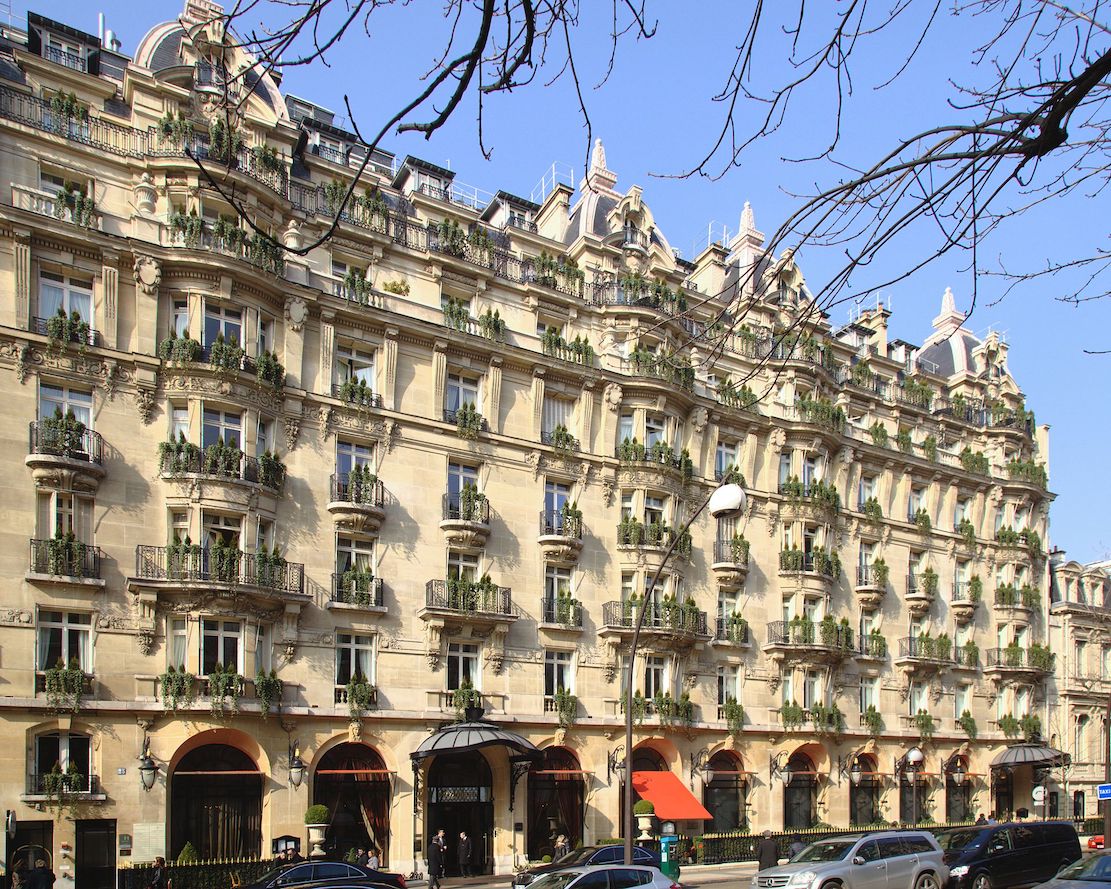
The best restaurant guide to
Paris is not the dispassionate Michelin red book,
which still awards the highest number of stars to
the most expensive dining salons (though its Bib
Gourmand selections of much cheaper restaurants is
very useful). I prefer the engaging, if
idiosyncratic, compilation in Patricia
Wells’s Food Lover’s Guide to Paris, first
published in1984 and revised in 2014, which
gives a more affectionate treatment of her
favorite restaurants, bistros, bakeries, chocolate
shops and more. It’s $16.15 on Amazon but can be
bought for pennies used.
 I also like The Paris
Café Cookbook by Daniel Young, listed at
$19.07 but available for less than two dollars
used. It focuses on 50 of the cafés and bistros of
renown, like Café de la Paix, Ma Bourgogne,
Brasserie Balzar and La Coupole as well as his
personal favorites, all with authentic recipes.
Stephanie Henaut and Jeni Mitchell’s A Bite-Sized
History of France: Gastronomic Tales of
Revolution, War and Enlightenment ($13.79
and much less) links famous French dishes with
events in French
history, from poulet
Marengo (named after a Napoleonic battle) to
the controversy over the croissant.
I also like The Paris
Café Cookbook by Daniel Young, listed at
$19.07 but available for less than two dollars
used. It focuses on 50 of the cafés and bistros of
renown, like Café de la Paix, Ma Bourgogne,
Brasserie Balzar and La Coupole as well as his
personal favorites, all with authentic recipes.
Stephanie Henaut and Jeni Mitchell’s A Bite-Sized
History of France: Gastronomic Tales of
Revolution, War and Enlightenment ($13.79
and much less) links famous French dishes with
events in French
history, from poulet
Marengo (named after a Napoleonic battle) to
the controversy over the croissant.
The death knell for haute cuisine has been
sounded about as often as for the demise of 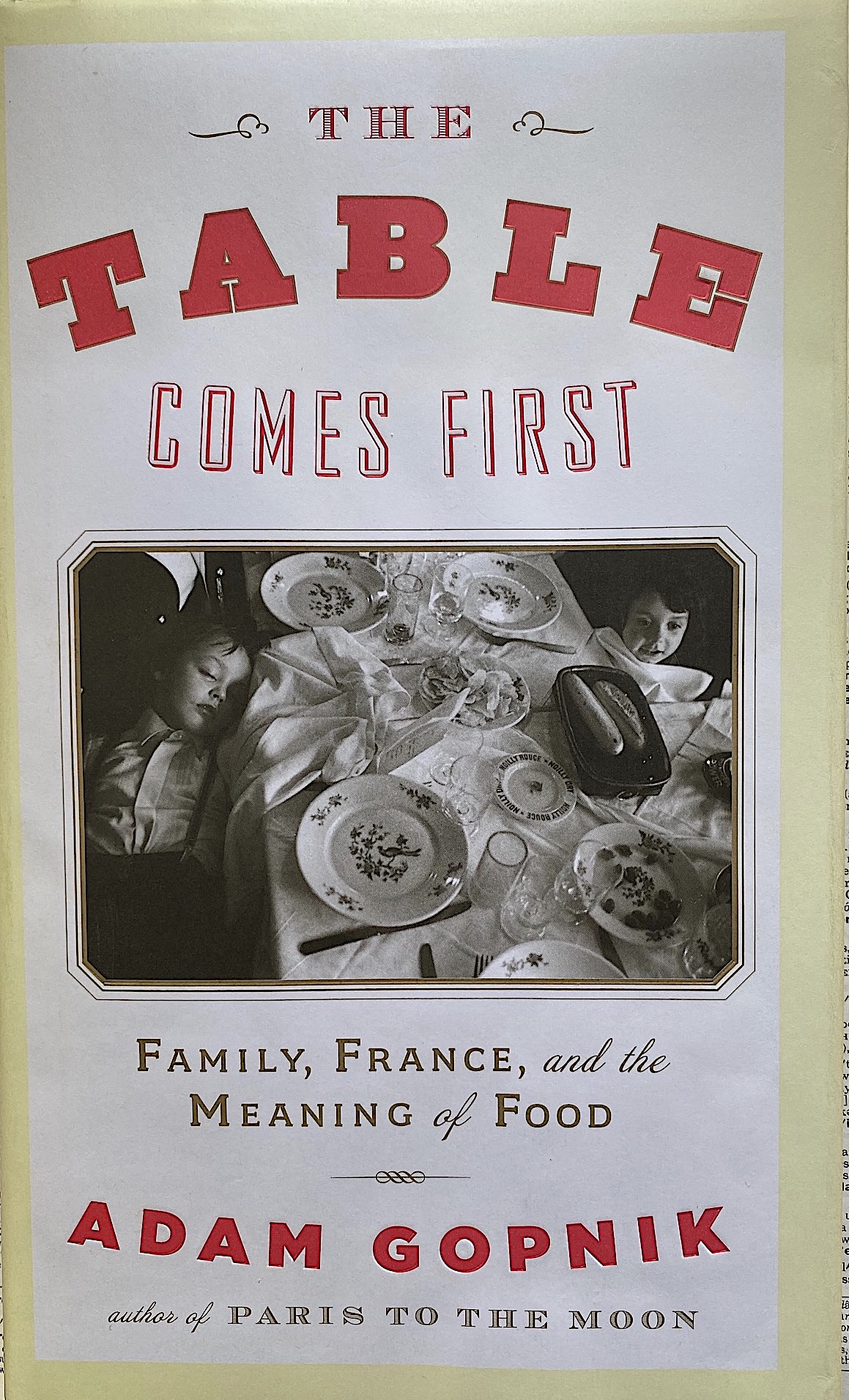 Broadway, and a new book by Michael
Steinberger carries the plaintive title Au Revoir to
All That: Food, Wine, and the End of France
($12.78 and less), detailing how the decline in
both standards and admiration for the glories of
French cuisine has been long in coming. It’s far
too sweeping as a jeremiad, for one can actually
eat better in Paris now than ever.
Broadway, and a new book by Michael
Steinberger carries the plaintive title Au Revoir to
All That: Food, Wine, and the End of France
($12.78 and less), detailing how the decline in
both standards and admiration for the glories of
French cuisine has been long in coming. It’s far
too sweeping as a jeremiad, for one can actually
eat better in Paris now than ever.
For some insight into the way the Parisian
mind works when it come to cuisine, read Adam
Gopnik’s The
Table Comes First: Family, France, and the
Meaning of Food ($16.95 and less), a highly
literate and engagingly readable series of essays
on taste, wine and how Americans perceive French
gastronomy, rightly or wrongly.
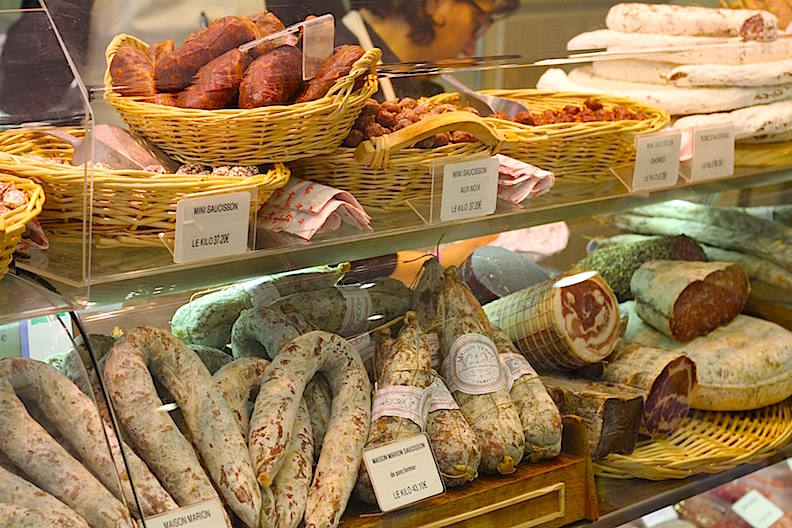 Like all modern cities, Paris
offers marvelous and very varied fast food, so
that you can eat splendidly at bakeries,
crêperies, and charcuteries where you can make a
delightful meal from a sandwich or a few slabs of
terrine. One of the most famous Parisian
charcuteries, Maison Gilles Vérot (left),
serves wonderful take-out items.
Like all modern cities, Paris
offers marvelous and very varied fast food, so
that you can eat splendidly at bakeries,
crêperies, and charcuteries where you can make a
delightful meal from a sandwich or a few slabs of
terrine. One of the most famous Parisian
charcuteries, Maison Gilles Vérot (left),
serves wonderful take-out items.
Parisians take their culinary reputation
very seriously, even for their museum restaurants,
which offer very good value for delicious food.
The Musée d'Orsay has three—Restaurant, Café de
l'Ours for salads, sandwiches and pastries, and
Café Campana for brasserie fare.
“When good Americans die, they go to
Paris,” quipped Oscar Wilde. Come springtime in
Paris, I’m hopeful all Americans will want to go
again.
❖❖❖
By John Mariani
LOVE AND PIZZA
Since, for the time being, I am unable to write about or review New York City restaurants, I have decided instead to print a serialized version of my (unpublished) novel Love and Pizza, which takes place in New York and Italy and involves a young, beautiful Bronx woman named Nicola Santini from an Italian family impassioned about food. As the story goes on, Nicola, who is a student at Columbia University, struggles to maintain her roots while seeing a future that could lead her far from them—a future that involves a career and a love affair that would change her life forever. So, while New York’s restaurants remain closed, I will run a chapter of the Love and Pizza each week until the crisis is over. Afterwards I shall be offering the entire book digitally. I hope you like the idea and even more that you will love Nicola, her family and her friends. I’d love to know what you think. Contact me at loveandpizza123@gmail.com
—John Mariani
To read previous chapters go to archive (beginning with March 29, 2020, issue.
LOVE AND PIZZA
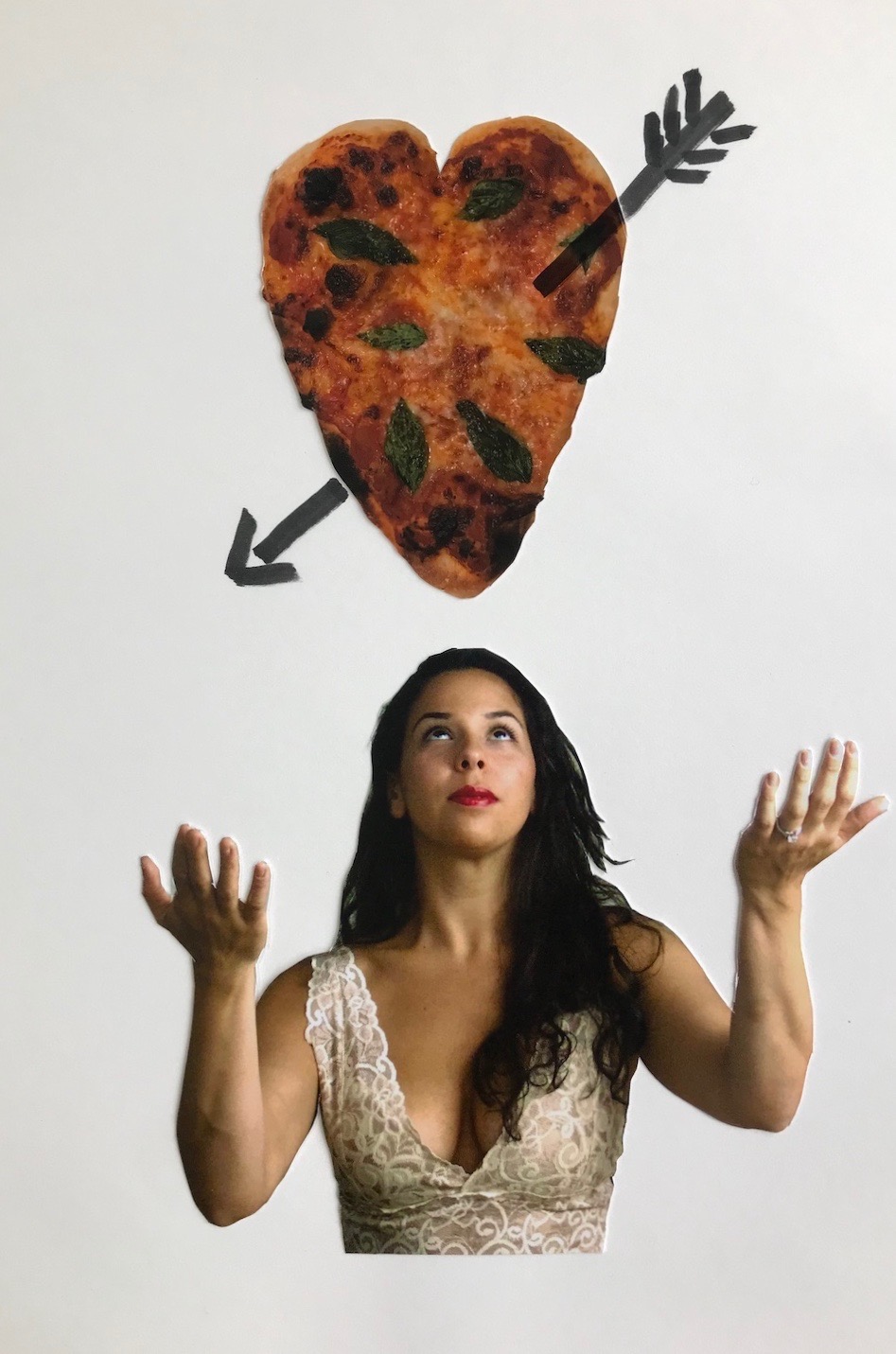
Cover Art By Galina Dargery
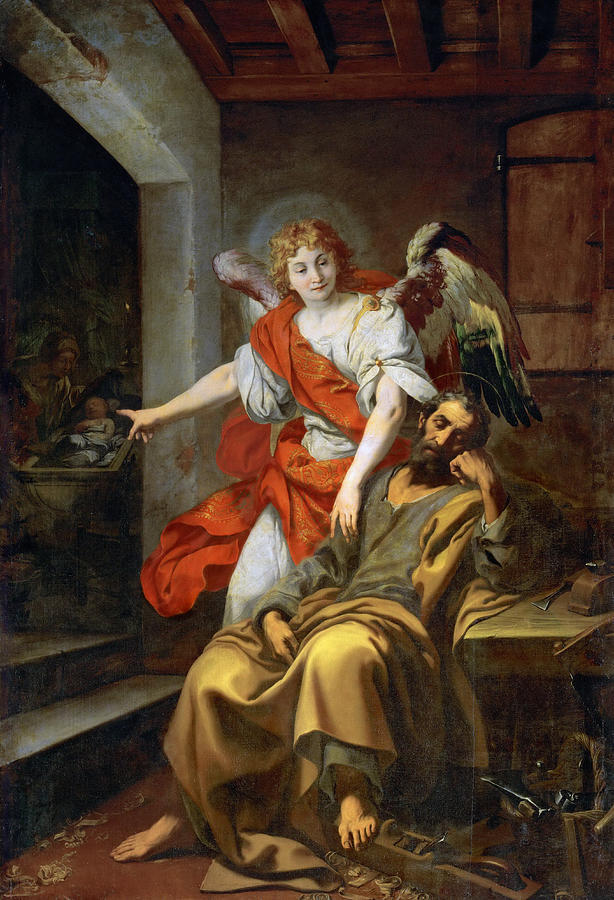
Right
off the bat, it seemed there could be plenty of
work, but that would involve Nicola traipsing
through the city in the steaming heat of a New
York summer, lugging her book of photos and
appearing in a magazine’s or designer’s
reception room with a dozen other glum-looking
girls looking through their Filofaxes, waiting
to see the stylist—a routine that in New York
could easily be
repeated five times a day. SNAP
was eager to send her on such casting calls,
but after two days of such ordeals—even though
she was actually lucky to get a job for a
studio shoot the first day—she began making up
excuses for not running around town five days
a week, as the agency wanted.
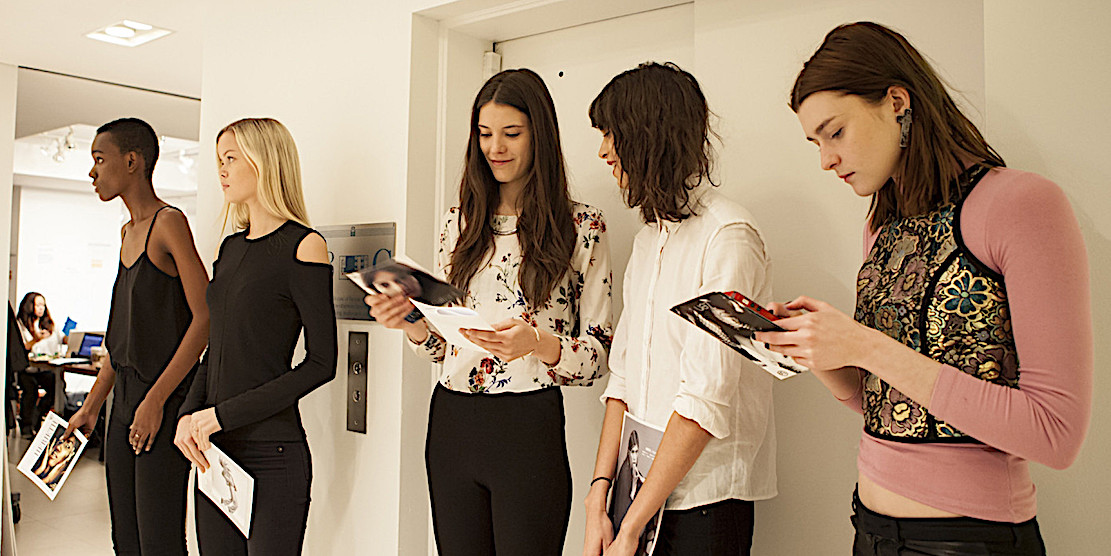 Even though
everything was coming easily for Nicola, like many
young, beautiful women, what she thought of as a
part-time way to make some money had become an
overwhelming, tedious slog to maximize her chances
and to capitalize on her momentary recognition
within the fashion trade. More
than once, an editor or stylist would
ask, “Aren’t you the girl who did the Patrizia
Palma show in Milan this spring?”
Nicola was seeking balance in her life, and with
her attending classes and studying, her helping
out Tony, her time at home, and now the occasional
modeling job, she was finding it all consuming, if
more or less fulfilling. She just wasn’t sure
which parts. There was money to be put into the
bank, her future in graduate school seemed
assured, and she partook of just as much glamour
as she chose to, sometimes inviting Catherine
along to a party she was invited to, or
vice-versa.
Even though
everything was coming easily for Nicola, like many
young, beautiful women, what she thought of as a
part-time way to make some money had become an
overwhelming, tedious slog to maximize her chances
and to capitalize on her momentary recognition
within the fashion trade. More
than once, an editor or stylist would
ask, “Aren’t you the girl who did the Patrizia
Palma show in Milan this spring?”
Nicola was seeking balance in her life, and with
her attending classes and studying, her helping
out Tony, her time at home, and now the occasional
modeling job, she was finding it all consuming, if
more or less fulfilling. She just wasn’t sure
which parts. There was money to be put into the
bank, her future in graduate school seemed
assured, and she partook of just as much glamour
as she chose to, sometimes inviting Catherine
along to a party she was invited to, or
vice-versa.
Catherine, whose brief affair with Tom
Skidmore had ended the day her sojourn in Milan
did, had returned, like Nicola, to take summer
classes, although she was off most weekends—which
for her began on Thursday and ended Monday
night—to fly up to her family home on Nantucket.
She invited her friend to join her, but
Nicola wouldn’t allow Catherine to buy an airline
ticket for her.
Neither of them brought up the subject of
Giancarlo, who had not been in contact with Nicola
for weeks. Yet, try as she would to keep Giancarlo
out of mind, there were nights when she lay in
bed, tossing as the rumbling window
air-conditioner tried to blunt the stifling heat
wave that had paralyzed New York and thinking
about those cool spring nights in Milan and how
one of them had involved a beautiful blond
marchese to whom she had so gladly given herself.
*
*
*
Nicola had no desire to go out
on dates, but was certainly open to go out in
groups with friends, as she had in Milan. On a few
occasions that summer, Elena would invite her to a
fashion show, a boutique or gallery opening,
telling her it would be good to be seen around
town, to get noticed by the right people. But,
after one or two such events, Nicola has soured on
scenes where no one seemed to pay much attention
to the fashion or the artwork, instead milling
about trying desperately to escape from
conversations with people they detested or with
whom they’d had merely become bored within
minutes. 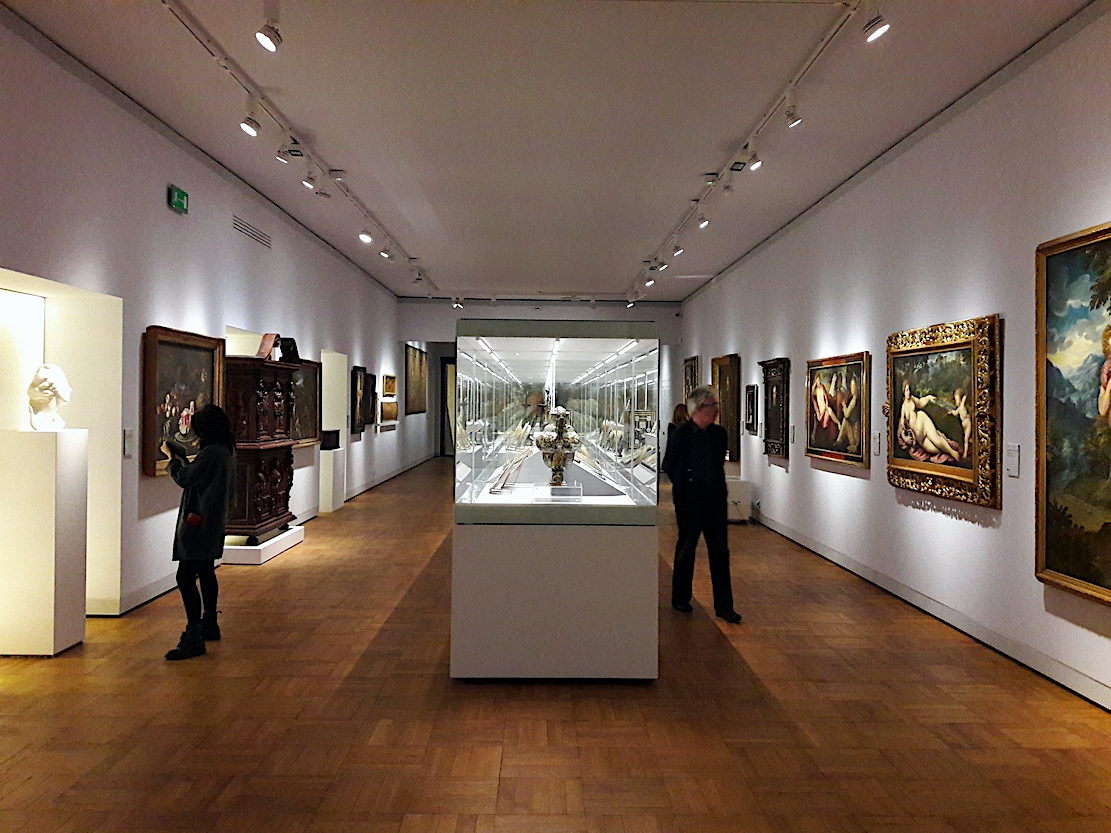
There
were usually models at such events, each trying
not to be impressed by a well-known artist or
lecherous rock star, and the sexual remarks Nicola
overheard about the girls infuriated her, knowing
some of the barbs had to be aimed at her. At one
uptown gallery, which specialized in Old Masters,
Nicola found herself looking intently at a
painting of Saint Bruno “attributed to” the 17th
century Mannerist Daniele Crespi. Two men
in their forties, both dressed in suits that were
in style but didn’t quite fit, were also looking
at the painting, leaning in and out to examine the
surface. One
of them said, “Oh, it’s definitely
a Crespi. I don’t know why the
gallery calls it ‛attributed.’
They are always so damn cautious after cleaning a
canvas. They won’t get anything near what
they
might have had they just not said anything.”
Nicola could not resist offering her
opinion, in as nice a way as she could.
“Excuse me,” she said, “but it’s not an
original.”
The two men looked her up and down, and one
of them said, “I’m sorry?”
as if a pretty bird had just dared to open its
little beak. The second man silently mouthed the
word “airhead” to the other. Nicola
caught that and hit them with everything she had.
“Actually, it’s a poor copy,” she said,
pillorying the men with her dark eyes. “The
original is one of a series in the Certosa in
Milan, where Crespi was a painter for Archbishop
Borromeo. If
you look at the brushwork, especially in the
hands, this is not the work of a master painter
like Crespi.
Also, whoever
did this—it’s certainly a forgery—messed up the
Latin in the inscription, which is under
a lot of dirt and varnish in the original. Where
he should have put an I he put
a J—which
is not in the Roman alphabet.”
The two men were speechless, so Nicola
turned her chin to one side and said, “Anything
else you boys would like to know? No?
Well, then, I think I’ll just go out and”—shaking
her lovely head—“get some ... fresh air.”
Nicola sashayed out of the
gallery, using her runway walk, smiling as if
she’d won the lottery, feeling what she just did
to be absolutely, positively delicious and
realizing how much she reveled in knowing what she
knew. She only wished everyone in the room had
seen her performance.
THE WINES OF IRPINIA TO GET THEIR DUE
By John Mariani
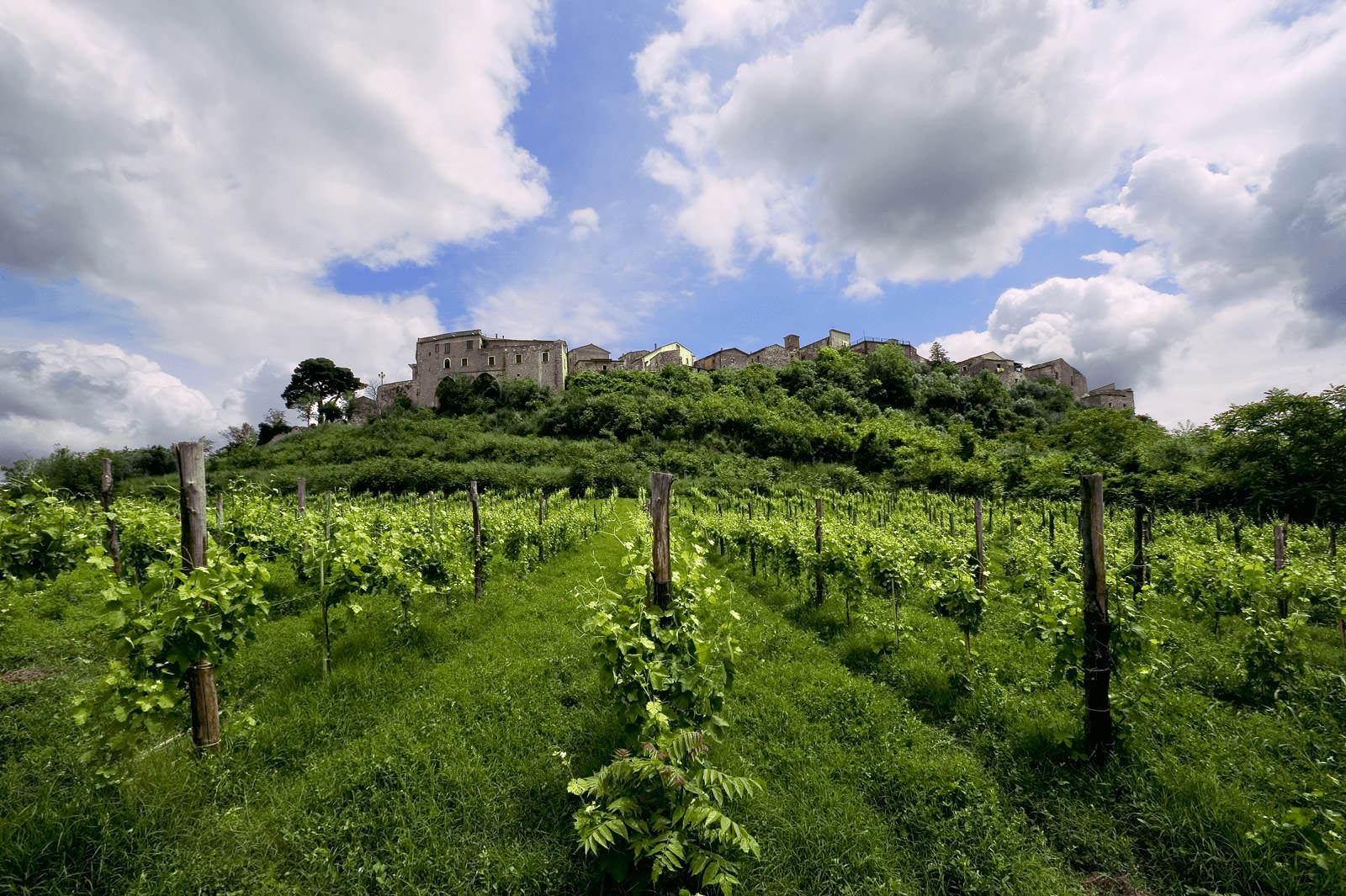
The
wines of Campania have over the past decade been
gaining traction in the world
market, but the Feudi di San Gregorio winery
makes it quite clear that it is
distinctly in Irpinia, within the province of
Campania in the Apennine
Mountains, south of Rome. The distinction, for
them, is that Irpinia is very
much its own terroir, with a system of winds
that cause it to be a
microclimate, with short, extremely cold, snowy
winters, unusual for the South
of Italy. Indeed, the climate is more Nordic
than Italian. The soil is heavily
volcanic and sandy.
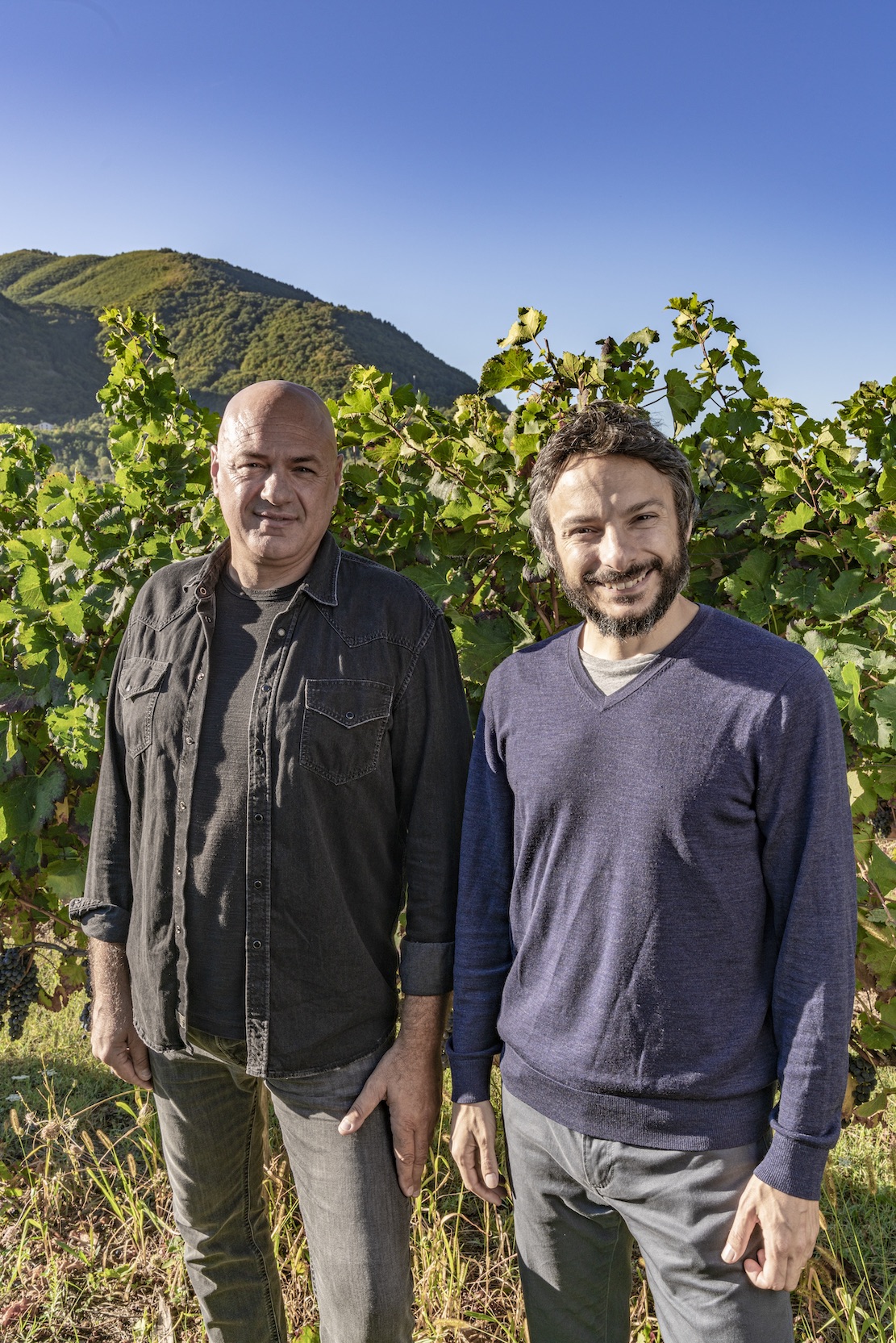 For
thirty years, the winery has made
some of the finest Greco, Fiano and Aglianico
wines, cultivated on 300 hectares
of land divided into 700 parcels, all with
different elevations, exposures and
gradients. The winery’s research laboratory,
called FeudiStudi, established by
Antonio Capaldo (President of Feudi di San
Gregorio) and Pierpaolo Sirch (Head
of Production), has analyzed the soils of these
parcels to identify their
strengths and weaknesses as well as their
particular flavor components. Some
vines even escaped the phylloxera plague of the
19th century.
For
thirty years, the winery has made
some of the finest Greco, Fiano and Aglianico
wines, cultivated on 300 hectares
of land divided into 700 parcels, all with
different elevations, exposures and
gradients. The winery’s research laboratory,
called FeudiStudi, established by
Antonio Capaldo (President of Feudi di San
Gregorio) and Pierpaolo Sirch (Head
of Production), has analyzed the soils of these
parcels to identify their
strengths and weaknesses as well as their
particular flavor components. Some
vines even escaped the phylloxera plague of the
19th century.
Sirch, in charge of Feudi’s entire
production sector, explains: “Irpinia is a huge
genetic database, a wealth of
fragrances and flavors that are at risk of
disappearing forever. Our mission at
Feudi di San Gregorio is to rediscover and save
them in order to protect and
foster diversity, a core value for all wines of
the future, and not just for
Feudi’s.” 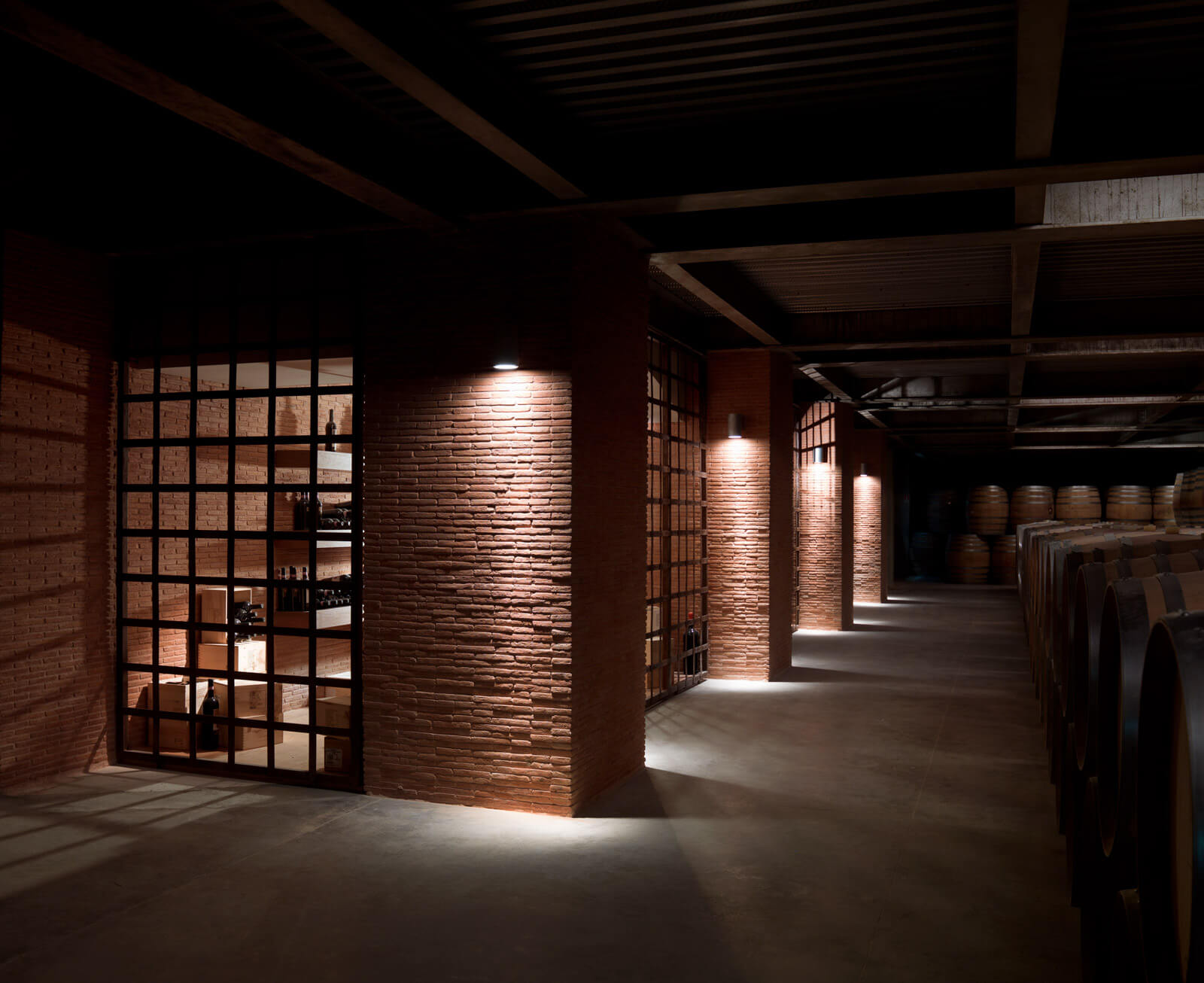
To this end the winery has published,
free of charge to all, an on-line, two-volume
visual dictionary entitled Feudi
Studi ,
compiled from the massive amount of research it
has done on the region and its
appellations of Irpinia, Taurasi and Campi
Taurasini, Greco di Tufo and Fiano
di Avellino. Edited by Capaldo, its intent—rare in
Italian viticulture—is to
share with colleagues and competitors alike
everything they’ve discovered about
the terroirs of the region.
Much
of the work is technical, all of it splendidly
illustrated, and even if one is
more a wine aficionado than a master sommelier,
the work exemplifies both the
variety of viticulture within a fairly narrow,
underappreciated region and of
the innovation taking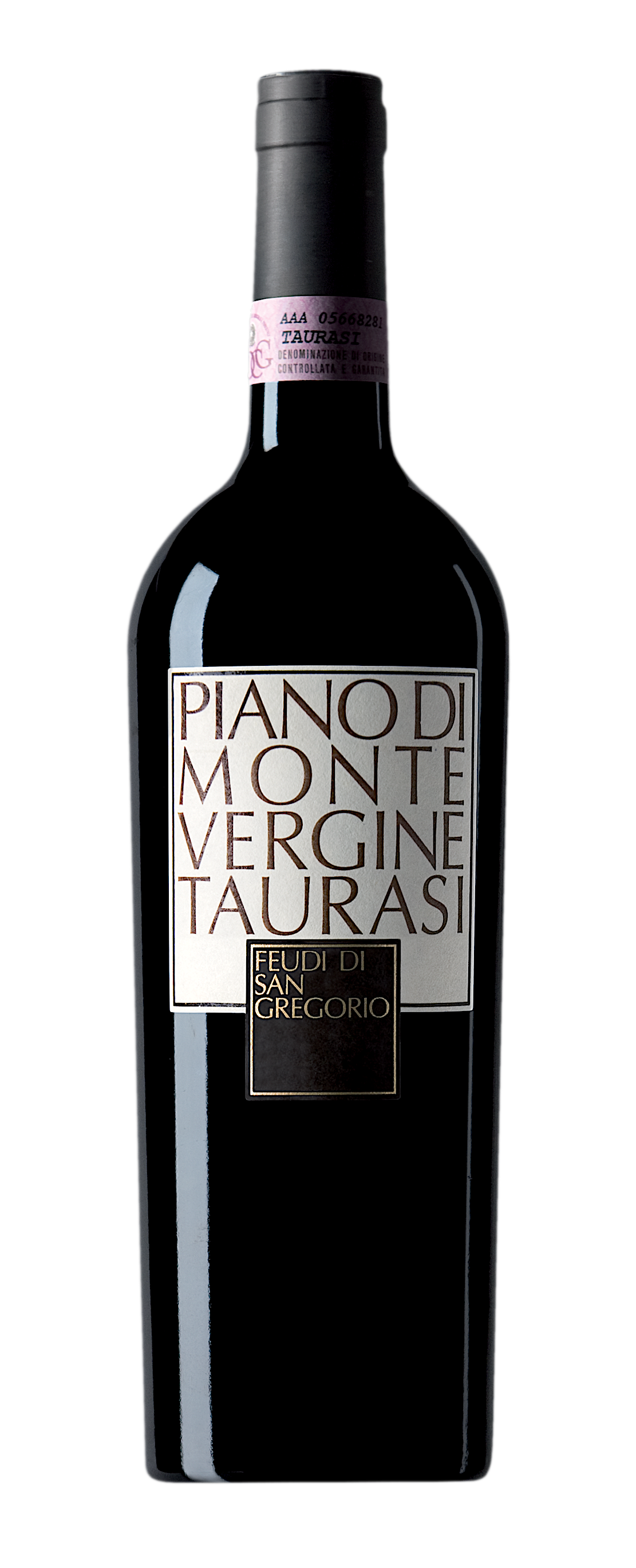 place there. There are
chapters on history, terroir, the
Tyrrhenian Sea, Africa and much else that is as
enjoyable to read as to learn
from, and there are extensive vintage year notes.
place there. There are
chapters on history, terroir, the
Tyrrhenian Sea, Africa and much else that is as
enjoyable to read as to learn
from, and there are extensive vintage year notes.
The
dictionary comes none too soon, as Italian
wineries struggle to gain market
share on the basis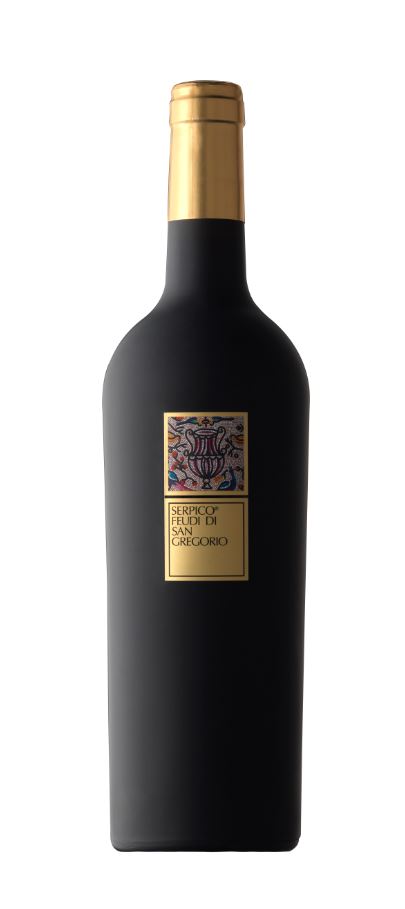 of perceived quality,
not bulk. Capaldo says that the
current state of Irpinian wines is both negative
and positive, the first
because of “frustration for excessive
simplification that suffocates diversity
. . . The second is that we want to go beyond
commercial wisdom, so the
positive part for us is our desire to overcome
that simplification.”
of perceived quality,
not bulk. Capaldo says that the
current state of Irpinian wines is both negative
and positive, the first
because of “frustration for excessive
simplification that suffocates diversity
. . . The second is that we want to go beyond
commercial wisdom, so the
positive part for us is our desire to overcome
that simplification.”
Sirch
speaks of how the continental climate, which is
closer to that of northern
Italy, Austria and even Germany, makes for high
acid and slow maturity. He
considers winemaking in Irpinia “like producing a
mosaic of many pieces.”
Two
of the wines that exemplify what is going on at
the estate (and are exported to
the U.S.) are the Piano Taurasi Riserva ($78) and
the Serpico Irpinia ($95),
which are among the most expensive bottlings
produced in Campania. The first,
which has a DOCG designation, is made from the
Aglianico grape, spends 18 to 24
months in French barriques and 50 hectoliter
barrels with a medium toast. The
wine is then held back for another two years in
bottle. The Serpico (named
after the estate’s local town) is Aglianco, with a
DOC rating, gleaned from an
historic vineyard called “Dal Re.” It spends a
minimum of 18 months in French
barriques and 50 hectoliter barrels with a medium
toast, then 12 months in
bottle.
The
fact that their wines are indeed made from
“centuries old vines” is indicative
of how ancient, even historical, winemaking can be
re-thought via every modern
technological advance when infused with the
youthful exuberance of their
caretakers.
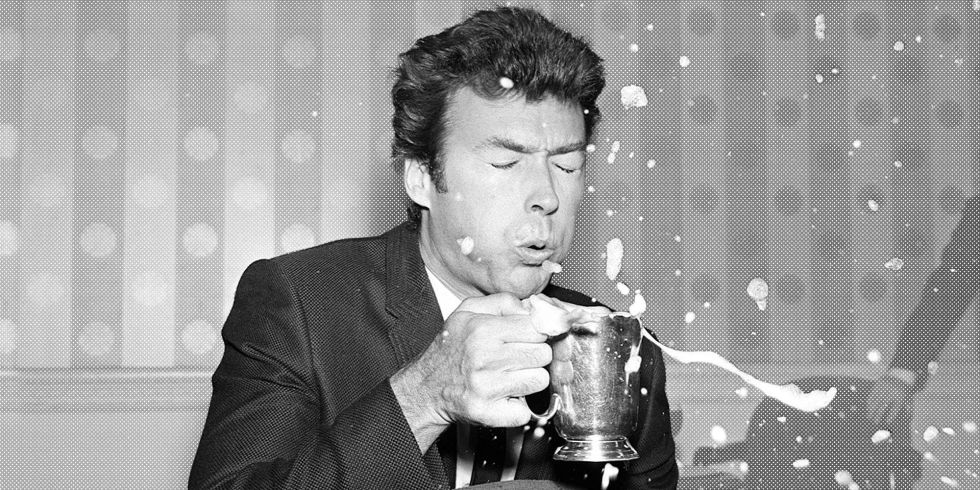 RUN THAT BY US
AGAIN?
RUN THAT BY US
AGAIN?"Shaved clumsily over my omelette, the truffles were only as remarkable as nuts, and, paradoxically, less valuable for their scarcity. (Roast-chicken dinner $275.)"—Hannah Goldfield, "Eleven Madison Park’s Foie-Gras-Stuffed Chicken To Go," The New Yorker (Nov. 23, 2020)
❖❖❖
Sponsored by

Any of John Mariani's books below may be ordered from amazon.com.
 The Hound in Heaven
(21st Century Lion Books) is a novella, and
for anyone who loves dogs, Christmas, romance,
inspiration, even the supernatural, I hope you'll find
this to be a treasured favorite. The story
concerns how, after a New England teacher, his wife and
their two daughters adopt a stray puppy found in their
barn in northern Maine, their lives seem full of promise.
But when tragedy strikes, their wonderful dog Lazarus and
the spirit of Christmas are the only things that may bring
his master back from the edge of despair.
The Hound in Heaven
(21st Century Lion Books) is a novella, and
for anyone who loves dogs, Christmas, romance,
inspiration, even the supernatural, I hope you'll find
this to be a treasured favorite. The story
concerns how, after a New England teacher, his wife and
their two daughters adopt a stray puppy found in their
barn in northern Maine, their lives seem full of promise.
But when tragedy strikes, their wonderful dog Lazarus and
the spirit of Christmas are the only things that may bring
his master back from the edge of despair. WATCH THE VIDEO!
“What a huge surprise turn this story took! I was completely stunned! I truly enjoyed this book and its message.” – Actress Ali MacGraw
“He had me at Page One. The amount of heart, human insight, soul searching, and deft literary strength that John Mariani pours into this airtight novella is vertigo-inducing. Perhaps ‘wow’ would be the best comment.” – James Dalessandro, author of Bohemian Heart and 1906.
“John Mariani’s Hound in Heaven starts with a well-painted portrayal of an American family, along with the requisite dog. A surprise event flips the action of the novel and captures us for a voyage leading to a hopeful and heart-warming message. A page turning, one sitting read, it’s the perfect antidote for the winter and promotion of holiday celebration.” – Ann Pearlman, author of The Christmas Cookie Club and A Gift for my Sister.
“John Mariani’s concise, achingly beautiful novella pulls a literary rabbit out of a hat – a mash-up of the cosmic and the intimate, the tragic and the heart-warming – a Christmas tale for all ages, and all faiths. Read it to your children, read it to yourself… but read it. Early and often. Highly recommended.” – Jay Bonansinga, New York Times bestselling author of Pinkerton’s War, The Sinking of The Eastland, and The Walking Dead: The Road To Woodbury.
“Amazing things happen when you open your heart to an animal. The Hound in Heaven delivers a powerful story of healing that is forged in the spiritual relationship between a man and his best friend. The book brings a message of hope that can enrich our images of family, love, and loss.” – Dr. Barbara Royal, author of The Royal Treatment.
 |
The Encyclopedia of American Food and Drink by John F. Mariani (Bloomsbury USA, $35) Modesty forbids me to praise my own new book, but let me proudly say that it is an extensive revision of the 4th edition that appeared more than a decade ago, before locavores, molecular cuisine, modernist cuisine, the Food Network and so much more, now included. Word origins have been completely updated, as have per capita consumption and production stats. Most important, for the first time since publication in the 1980s, the book includes more than 100 biographies of Americans who have changed the way we cook, eat and drink -- from Fannie Farmer and Julia Child to Robert Mondavi and Thomas Keller. "This book is amazing! It has entries for everything from `abalone' to `zwieback,' plus more than 500 recipes for classic American dishes and drinks."--Devra First, The Boston Globe. "Much needed in any kitchen library."--Bon Appetit. |
"Eating Italian will never be the same after reading John Mariani's entertaining and savory gastronomical history of the cuisine of Italy and how it won over appetites worldwide. . . . This book is such a tasteful narrative that it will literally make you hungry for Italian food and arouse your appetite for gastronomical history."--Don Oldenburg, USA Today. "Italian
restaurants--some good, some glitzy--far
outnumber their French rivals. Many of
these establishments are zestfully described
in How Italian Food Conquered the World, an
entertaining and fact-filled chronicle by
food-and-wine correspondent John F.
Mariani."--Aram Bakshian Jr., Wall Street
Journal.
"Equal parts
history, sociology, gastronomy, and just
plain fun, How Italian Food Conquered the
World tells the captivating and delicious
story of the (let's face it) everybody's
favorite cuisine with clarity, verve and
more than one surprise."--Colman Andrews,
editorial director of The Daily
Meal.com. "A fantastic and fascinating
read, covering everything from the influence
of Venice's spice trade to the impact of
Italian immigrants in America and the
evolution of alta cucina. This book will
serve as a terrific resource to anyone
interested in the real story of Italian
food."--Mary Ann Esposito, host of PBS-TV's
Ciao
Italia. "John Mariani has written the
definitive history of how Italians won their
way into our hearts, minds, and
stomachs. It's a story of pleasure over
pomp and taste over technique."--Danny Meyer,
owner of NYC restaurants Union Square
Cafe, The Modern, and Maialino.
|
 |
 |
 |
 |
 |
 |
 |
 |
 Everett Potter's Travel Report:
Everett Potter's Travel Report: 
 Eating Las
Vegas JOHN CURTAS has been covering
the Las Vegas food and restaurant scene
since 1995. He is the co-author of EATING LAS
VEGAS – The 50 Essential Restaurants (as
well as the author of the Eating Las
Vegas web site: www.eatinglasvegas.
He can also be seen every Friday morning as
the “resident foodie” for Wake Up With the
Wagners on KSNV TV (NBC) Channel 3 in
Las Vegas.
Eating Las
Vegas JOHN CURTAS has been covering
the Las Vegas food and restaurant scene
since 1995. He is the co-author of EATING LAS
VEGAS – The 50 Essential Restaurants (as
well as the author of the Eating Las
Vegas web site: www.eatinglasvegas.
He can also be seen every Friday morning as
the “resident foodie” for Wake Up With the
Wagners on KSNV TV (NBC) Channel 3 in
Las Vegas.
MARIANI'S VIRTUAL GOURMET
NEWSLETTER is published weekly. Publisher: John Mariani. Editor: Walter Bagley. Contributing Writers: Christopher Mariani,
Robert Mariani, Misha Mariani, John A. Curtas, Gerry Dawes, Geoff Kalish,
and Brian Freedman. Contributing
Photographer: Galina Dargery. Technical
Advisor: Gerry
McLoughlin.
If you wish to subscribe to this
newsletter, please click here: http://www.johnmariani.com/subscribe/index.html
© copyright John Mariani 2020

